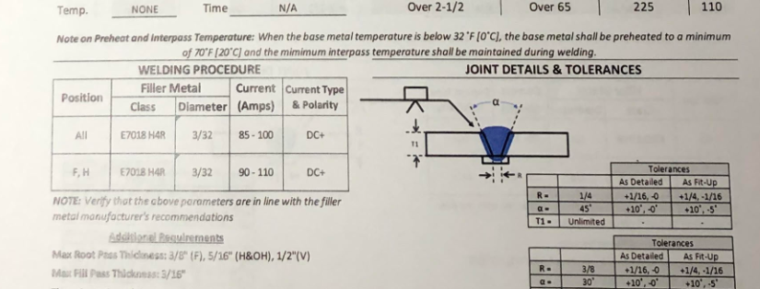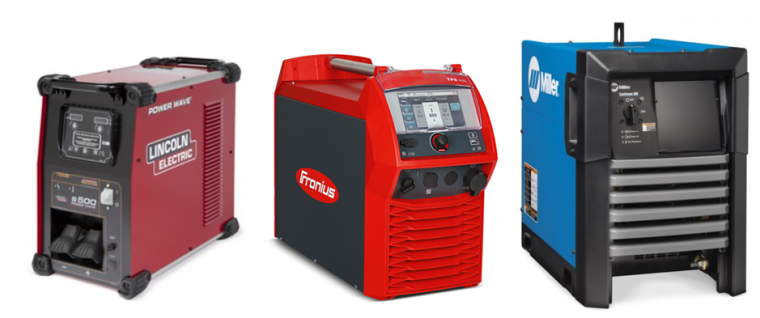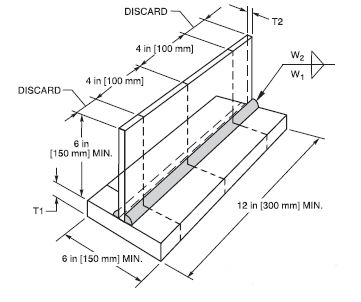5 Building Blocks of a Weld Quality Control System

Controlling weld quality is not always an easy task. Many fabricators struggle to manage the amount of rework, the discrepancies from one batch of product to the next, and the varying levels of productivity and workmanship amongst their welders. This inability to control weld consistency is not surprising. Welding has more than 20 variables that […]


